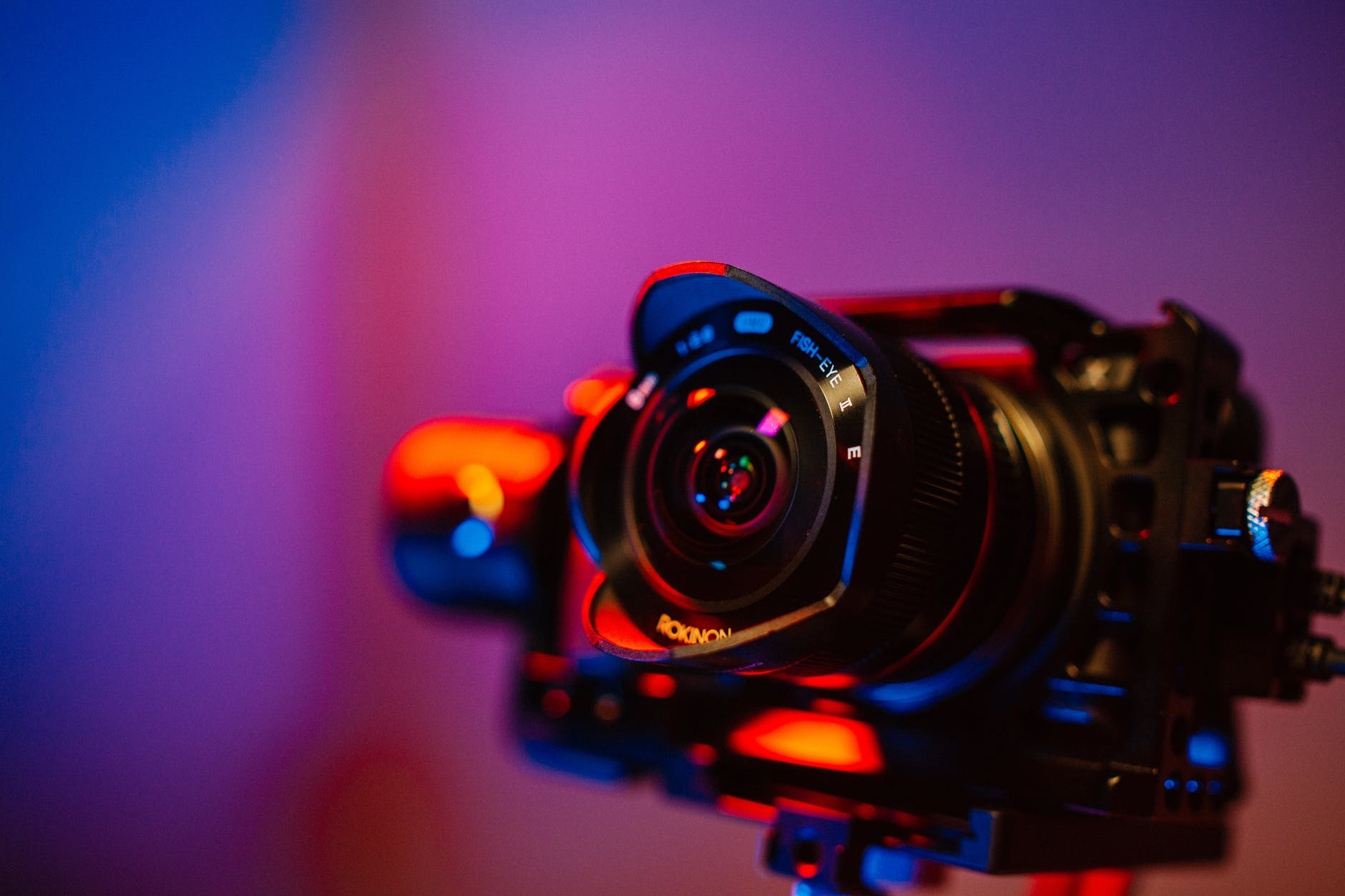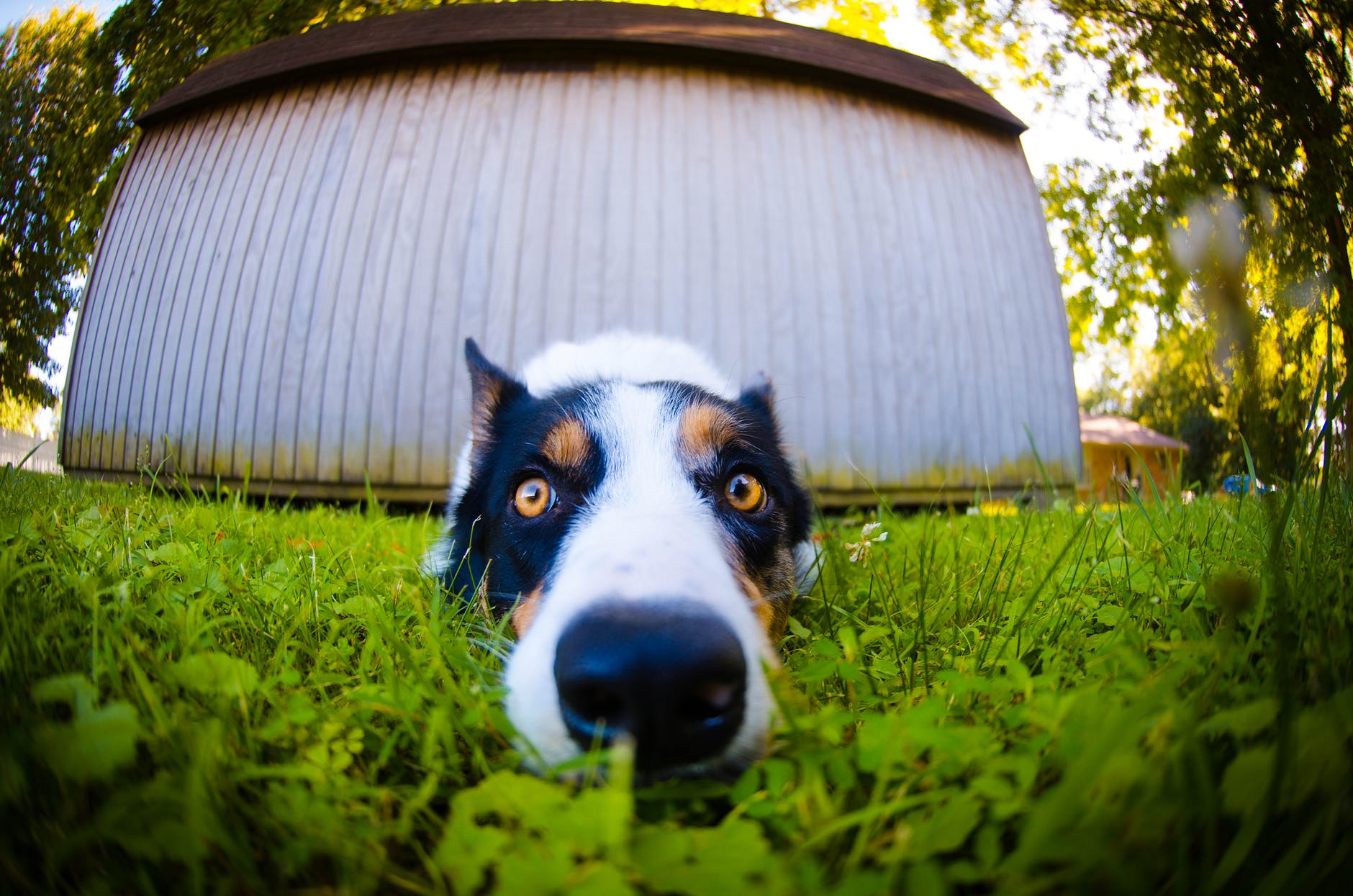We think photography is one of the best pastimes there is. It’s why we continue to write about the subject; we want as many people as possible to feel comfortable getting started. One thing that can be overwhelming about the hobby is all the equipment. For example, what is a fisheye lens?
When would you even use one VS the other lens options out there? On this page, we’ll explore the world of fisheye lenses. We’ll discuss what they’re for, when they’re useful, and how to get great results with them.
Read on to up your photography game.

What Does a Fisheye Lens do?
When you want to fit more of your subject or scenery into your final image, you need a lens with a wide angle or FOV. Fisheye lenses take this notion to the extreme and offer 180 degrees of viewing space.
The American inventor Robert W. Wood first used the term in the early 20th century when he compared the accessories to the view that most fish see underwater. This super-wide viewing angle is achieved by a whole bunch of clever optical engineering.
The focal length, glass elements, and several other components all work in tandem to produce some truly stunning images. Not everyone uses a fisheye as their go-to lens, but in the right pair of hands, they can produce some pretty impressive photos.
Why Use a Fisheye Lens?
Even once you know what a fisheye lens does, it can be tricky to find the perfect situation to use one. In certain contexts, these lenses can achieve truly breathtaking results so it’s worth understanding when they can be useful.
In this section, we’ll run through some of the most common reasons that people choose fisheye lenses every day. Read on to learn more.
You Want to Get Creative
The distorted frame edges and exaggerated curves that come with fisheye photography can put some users off. For some, however, this is exactly what they’re looking for. Photographers who are looking to get creative with their work can really benefit from the right fisheye lens.
If your subject is already fairly outlandish or ‘edgy,’ using this type of lens can really boost your results. Why not give it a try next time you’re shooting?
You Need a Ton of Space
City skylines or architecture shots are great examples of this. Some subjects simply need a ton of room. A good fisheye setup gives some photographers the frame real estate they’re looking for.
An added bonus here is that the distortion and curvature that comes from this kind of photography can really elevate the final result. It takes a little skill to get right, but it’s worth it in our opinion.
Your Genre is ‘Used to’ Fisheye Results
There are a few photography genres that have become closely intertwined with fisheye lenses. Skating imagery is one great example of this. It’s hard to imagine a skatepark shoot that doesn’t use a fisheye setup for at least a few photos.
If you’re working with a medium or in a field where fisheye lenses are expected, then feel free to let loose and get experimenting!
You’re Shooting Underwater
Following on from the discussion immediately above, underwater photography often makes use of fisheye equipment. One thing that can betray a fisheye setup is harsh or clearly defined lines in the scene.
Underwater subjects are far less likely to feature the straight lines seen in buildings or city scenes. Hence, they’re a fisheye photographer’s dream!
When You Want to Highlight the Scale of a Scene
The way fisheye lenses work means that objects closer to the lens appear much larger than they do in real life. This makes these accessories an excellent choice if you want to emphasize the scale of your scene.
Sprawling vistas, far-off mountains, and huge nature scenes can all benefit hugely from a fisheye setup. It just takes a little skill to get things right.
If You’re an Astrophotographer
There’s a reason that some people call fisheye lenses ‘full-sky’ or ‘whole-sky’ lenses; they’re a great fit for most astrophotography. There are two main reasons for this. Firstly, they offer a huge viewing angle to fit more of the night sky into frame.
Secondly, they let in more light than a standard wide-angle lens. This allows the user to shoot much more quickly and avoid unwanted star trails and the like.
They Let You Get Up Close and Personal
The focal lengths that come with most fisheye accessories make it possible to get much closer to your subject than you might be used to. In the right environment, this can prove extremely useful.
Cramped interior shots, for example, can be made to appear far more spacious than they do in real life. Whenever you see a spacious-looking, landscape shot of an underground subway station, chances are the photographer was using their fisheye.
They’re Great for Portability
As a general rule, fisheye lenses are both lightweight and compact. You probably won’t think twice about adding one to your existing kit bag. For professional photographers who are already lugging around a ton of equipment, this can be a pretty big deal.
If it boils down to a choice between two particular lenses that could do the job well, many photographers will choose the option that’s less hassle to bring with them.
They’re Kind to Your Wallet
This one of course depends on the specific brand and model you’re working with. That said, there are plenty of options out there that are comparatively inexpensive. You can pick up a good quality fisheye lens for much less than you may be expecting.
If you’re looking for an experimental/ ‘just for fun’ lens, a fisheye can be a great option. Canon and Tokina are two names that make some pretty great options that are unlikely to break the bank any time soon.

How to Use a Fisheye Lens
So now that we’ve covered the basics of fisheye equipment, let’s discuss how to actually shoot with the things. Check out our tips below and you’ll be more confident in no time. Remember that the best way to improve as a photographer is to practice.
The more often you get out there and actually use your gear, the faster you’ll improve.
Pay Attention to Hard Lines
We’ve already touched on how distortion and curved edges are two things that can impact the final result of a fisheye shoot. The main thing that will make this issue worse is the hard lines you find in subjects like buildings, streets, and similar scenes.
If you want to avoid obvious distortion, it’s best to choose a scene that doesn’t feature lines so prominently. Underwater photography is a great example of this; you’ll be hard-pressed to find many straight lines in the ocean!
Sometimes it’s just about reframing your scene to keep lines out of your frame edges. Try experimenting and see what works best for you.
Lean on Good Software When You Need to
You’d be amazed how much can be achieved with good editing software. While the best way to get the right photo is to make your shooting environment as optimized as possible, decent editing software can go a long way in improving your fisheye photos.
Adobe Lightroom has a handy panel called ‘Lens Corrections.’ This gives users the power to tweak and fix elements of their images that were caused by certain lens types, including fisheye. Try this feature out next time you’re editing your fisheye photos.
Consider Your Scene Closely
It’s always important to take stock of your chosen subject(s) in photography, but it’s especially worthwhile when using fisheye equipment. The distortion and curves that come with the genre take a little extra attention.
Take a look at your chosen scene. Are there any hard lines that will distort in your image? If so, are you able to frame in closer to avoid these elements? Wherever possible, try to find ways to avoid straight lines altogether.
That is, unless you’re going for the classic ‘fisheye look’ with your shots. Remember that these lenses are great at emphasizing scale. Big landscape scenes can come out great with a fisheye.
Ace Your Lighting
We reiterate this point on practically every photography article we write, and for good reason. Your lighting environment is perhaps the most important aspect of getting the high-quality results you’re looking for.
In most cases, you’ll want plenty of soft, diffused light to really make your subject shine. Natural, diffused sunlight is one of the best sources of this kind of light if you can find it. Remember that fisheye lenses let in more light than you may be used to.
Adjust your shutter speed and aperture accordingly.
When to Use a Fisheye Lens – Our Verdict
The main thing to consider when using this kind of lens is your scene. Take the time necessary to take stock of your shooting environment. If you think a fisheye might help, then go for it!
Use the tips outlined on this page to start taking photos that make a lasting impression. Happy clicking!